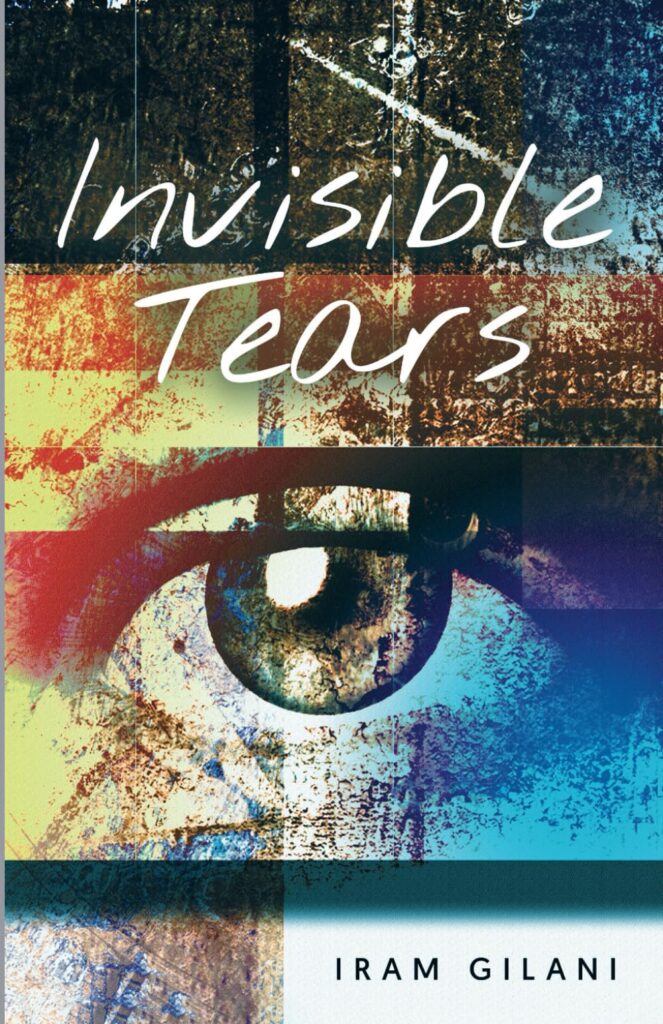Understanding Pain and Its Impact
Pain is an universal experience that can manifest in various forms—physical, emotional, or psychological. It is an intrinsic part of the human condition, often signaling that something is amiss. Yet, beyond its initial role as an alarm bell, pain can become a chronic burden that impacts our daily lives, affecting our well-being, relationships, and overall quality of life.

The Nature of Pain
Pain is not just a physical sensation; it is a complex interplay of emotions, thoughts, and physiological responses. Chronic pain, in particular, can lead to a cycle of stress and depression, creating a vicious loop that exacerbates the condition. Understanding pain in all its dimensions is the first step towards transforming it into power.
The Power of Compassionate Connection
Compassionate connection is a profound tool in the healing journey. It involves empathy, understanding, and a deep sense of shared humanity. When we connect with others in a compassionate manner, we create a supportive environment that can significantly alleviate the burdens of pain.
Empathy as a Healing Force
Empathy is the ability to understand and share the feelings of another. It is a cornerstone of compassionate connection. When we feel understood, our pain is validated, and we no longer feel isolated in our suffering. This validation can be a powerful catalyst for healing, as it helps to diminish the emotional weight of pain.
Building Supportive Relationships
Strong, supportive relationships are essential in the healing journey. These relationships provide a safe space where individuals can express their pain without fear of judgment. The sense of belonging and acceptance that comes from supportive relationships can transform pain into a source of strength and resilience.
Practical Steps to Foster Compassionate Connection
Creating a compassionate connection requires intentional effort and a commitment to empathy and understanding. Here are some practical steps to help foster these connections:
Active Listening
Active listening is crucial in fostering compassionate connections. It involves paying full attention to the speaker, acknowledging their feelings, and responding with empathy. This practice helps to build trust and shows that you genuinely care about the other person’s experience.
Expressing Empathy
Expressing empathy involves recognizing and validating the feelings of others. Simple phrases like “I understand how you feel” or “That sounds really tough” can make a significant difference. Empathy bridges the gap between individuals, creating a sense of shared experience and understanding.
Being Present
Being present means giving your full attention to the person you are connecting with. It involves being mindful of their needs and experiences, and offering your support without distraction. This presence can be incredibly comforting and healing for someone in pain.
Transforming Pain into Power
The journey from pain to power is not a linear path but a transformative process that involves several stages. Here’s how compassionate connection can facilitate this transformation:
Acceptance and Validation
The first step in transforming pain is acceptance. When pain is acknowledged and validated through compassionate connection, it loses its hold over us. Acceptance doesn’t mean resignation; rather, it means recognizing the reality of our pain without letting it define us.
Finding Meaning
Pain can be a source of profound personal growth and transformation. Through compassionate connection, we can begin to find meaning in our experiences. Sharing our stories and listening to others can reveal the deeper purpose and lessons embedded in our pain.
Empowerment Through Connection
Connecting with others who have experienced similar pain can be empowering. It reminds us that we are not alone and that our experiences are part of a larger human narrative. This sense of solidarity can inspire strength and resilience, transforming pain into a powerful force for change.
Real-Life Examples of Compassionate Connection
Support Groups
Support groups are a prime example of compassionate connection in action. These groups provide a safe haven for individuals to share their experiences and receive support from others who understand their struggles. The shared empathy and understanding in these groups can be incredibly healing.
Therapeutic Relationships
Therapists and counselors play a critical role in fostering compassionate connections. Through active listening, empathy, and professional guidance, they help individuals navigate their pain and discover pathways to healing and empowerment.
Community Involvement
Engaging in community activities and volunteer work can also foster compassionate connections. These activities provide opportunities to connect with others, share experiences, and build a supportive network that can transform pain into collective power.
The Science Behind Compassionate Connection
Neuroscience of Empathy
Research in neuroscience has shown that empathy activates specific areas of the brain associated with social bonding and emotional regulation. When we engage in compassionate connections, we release oxytocin, often referred to as the “love hormone,” which promotes feelings of trust and reduces stress.
Psychological Benefits
Psychologically, compassionate connections can lead to improved mental health outcomes. They can reduce symptoms of depression and anxiety, enhance emotional well-being, and promote a sense of purpose and belonging.
Conclusion
Transforming pain into power through compassionate connection is a holistic approach that recognizes the interconnectedness of our physical, emotional, and social well-being. By fostering empathy, building supportive relationships, and embracing the transformative journey, we can turn our pain into a source of strength and resilience.
Iram Gilani
Author | Speaker | Mentor
Book: Invisible Tears
www.IramGilani.com
Contact@IramGilani.com

